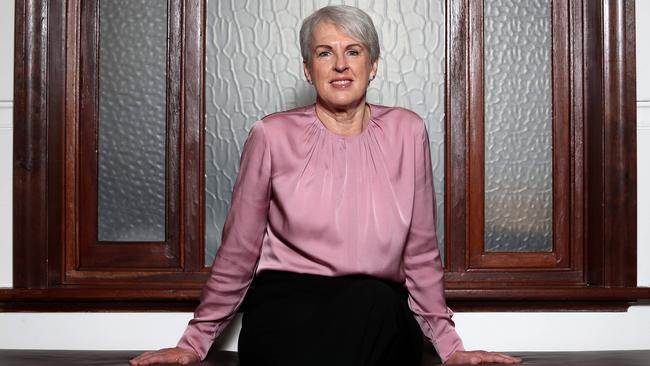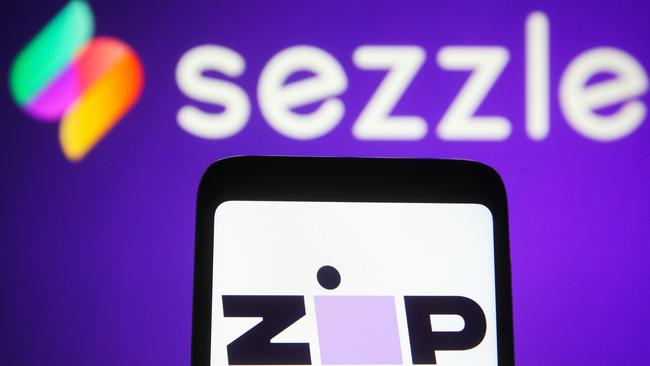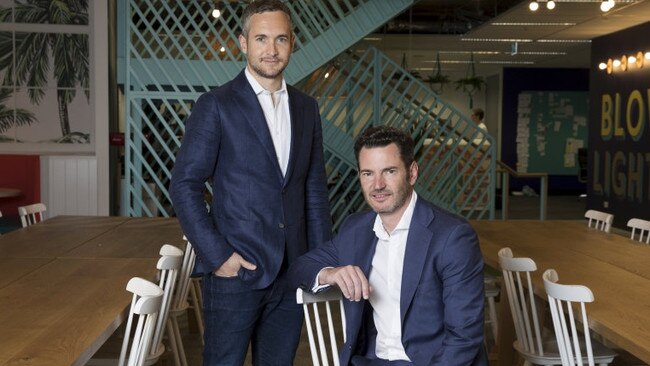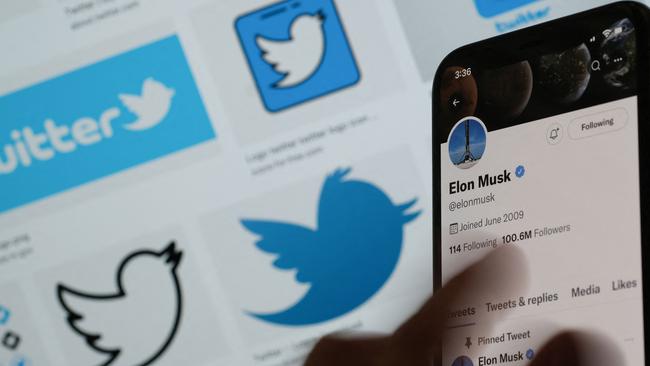
As buy now, pay later stocks plummeted as part of the valuation crash across the technology sector, the uncertainty for Zip’s board simply became too much. Forcing Zip’s management to walk away from the acquisition of the smaller Sezzle means they can sharply slow the rate of cash they are burning – necessary while money is in short supply.
When the $500m deal for the US-focused player was unveiled in February, global interest rates were starting to ratchet up, which meant that some of the most overpriced tech stocks – including BNPL – were already on the nose.

From day one the merger terms outlined in February gave away too much value to Sezzle, which had the smaller balance sheet and a less than certain future. That was telling after Sezzle’s shares plunged nearly 40 per cent on Tuesday. In contrast, Zip climbed 6 per cent, endorsing Smith-Gander’s hardline stance. On Monday night, before the deal was formally scrapped, Sezzle shares were trading at 40c each, a discount to the valuation of 49c the all-scrip deal implied, with the market already betting the buyout was on the rocks. As of Tuesday night, Sezzle was worth a little more than $50m (a discount to its cash); Zip was valued at $360m.
In a statement Smith-Gander, the former McKinsey partner and current Wesfarmers director, said the termination decision was mutual, and “in the best interests of Zip and its shareholders”. These comments come just three weeks after Zip told investors the deal was on track, which shows how quickly fortunes turn.
Get out clause
While the transaction was to be paid in shares, the crash in valuation meant the promised $130m in earnings benefits (including up to $80m in cost savings) just wouldn’t be realised.
Meanwhile, a target of turning the combined Zip-Sezzle group cash flow-positive by financial 2024 was increasingly out of reach, particularly as it relied on boomtime revenue projections. Also stitching the technology together proved to be a costly exercise in a period where cash preservation is the main game.
Smith-Gander had been getting the message loud and clear from several large Zip investors, who were arguing that Zip should be fully focused on its own survival and not undertaking a costly expansion. While regulatory approvals were coming through, Zip still had a get-out clause which expired by November 28.
The release of quarterly trading numbers in coming weeks is understood to have been critical to the decision, with the June quarter particularly disappointing. Sezzle issued some top-line numbers on Tuesday that showed merchant sales slowed from the March quarter while revenue was flat. It had, however, managed to lift its cash pile to $70m after pulling back spending and cutting staff while it was in a merger mindset.

One bright spot for Sezzle is the payment of an $US11m ($16.35m) break fee and other transaction costs which should ease its cash strain in coming quarters.
A slowdown in discretionary spending is hitting BNPL, while higher interest rates are squeezing margins. At the same time cashed-up giants – including Visa, through Instalments, and Apple – are circling the market.
Zip CEO Larry Diamond and Sezzle CEO Charlie Youakim had been the main advocates of the deal, with a friendship and a common ambition of expanding through the US going back years. Diamond had been keenly eyeing Sezzle’s ongoing relationship with several significant merchants in the US, which would turbocharge Zip’s growth in that market. These included deals with Ikea, Target and Shopify. They will remain with Sezzle for now.
Another era
The Sezzle deal was hatched in another era. The transaction simply became another casualty of the painful rerating of all things technology and the fall from grace of newer business models after easy money in the form of ultra low cash rates was violently pulled from the financial system. Zip shares have lost a staggering 90 per cent since the start of this year, taking Sezzle with it.
The unravelling is happening across the world with Swedish BNPL player Klarna – backed by Australia’s Commonwealth Bank – seeing its valuation crater from $US46bn to $US6.7bn following the completion of its latest funding round. Klarna has been forced to cut 10 per cent of its staff and temper its US ambitions.
In securing $US800m funding over the past week, including support from Commonwealth Bank, Klarna CEO Sebastian Siemiatkowski said investors recognised the strength of the company’s strong position in the market.

“Now more than ever, companies need a solid consumer base, a superior product and a sustainable business model,” Siemiatkowski said earlier on Tuesday. Lead Klarna investor Sequoia Capital said the shares in Klarna and other top-tier companies will “get the attention they deserve”.
The question now is what’s next for Zip and its long-promised US expansion. The market there is still regarded as the biggest opportunity for the BNPL, where total penetration is just 1 per cent of the payments system. With cash preservation the main game, Zip will have to sharply temper its growth ambitions. There is an expectation there will only be four to five global BNPL brands that can survive: Afterpay, Klarna and PayPal are three of them leaving two spots up for grabs. Zip has an advantage in that it raised $200m from investors in February when it outlined the Sezzle deal – but did not explicitly link it to the acquisition. No doubt this will be its last raising for some time, with investors left with a sour taste.
Twitter breakdown
The Zip-Sezzle breakdown will ultimately be overshadowed by Elon Musk’s decision to walk away from what was already a perplexing $US44bn Twitter takeover.

That deal was even more poorly timed, with tech valuations already sharply off when Musk blustered his way into a takeover offer in April. The multi-billionaire started laying the groundwork for an exit within weeks of securing buyout term agreement from Twitter’s board. This tech spectacle is headed for courts, shaping up to be history’s most expensive case of buyer’s remorse.
The tech market is now entering a new phase of consolidation and survival. The players with the strongest balance sheets and proven business models will survive.
johnstone@theaustralian.
com.au




Zip Co’s chairman Diane Smith-Gander ultimately made the eleventh-hour call that the cost to shareholders of pushing ahead with an ambitious US expansion through the loss-making Sezzle was far too great.